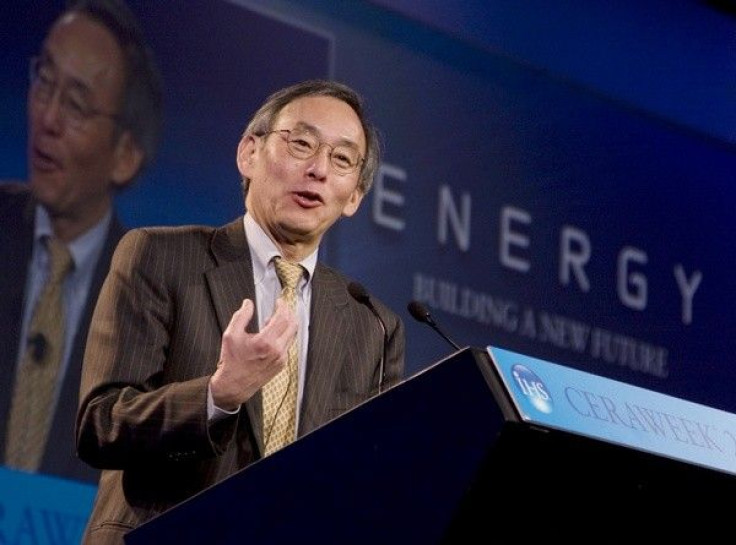Lithium battery stores solar power

The U.S. Department of Energy is investing in a power storage system that brings together several emerging industries in the alternative energy field -- solar and wind power, and the lithium-ion battery.
The DOE finalized a $17.1 million loan for an AES Corporation power plant project in Johnson City, NY. The loan supports the construction of a 20-megawatt energy storage system that uses advanced lithium-ion batteries and will, thereby, be able to store power generated from solar and wind sources and supply it to the energy grid without the more costly and environmentally questionable practice called grid frequency regulation.
According to the Solar Home and Business Journal, electricity dispatchers need to continuously balance the generation of power with the demand for energy. Solar and wind systems present complications for this balancing act because their generation is not constant and can vary dramatically in the space of minutes.
So, as DOE Secretary Steven Chu explained, power suppliers traditionally resort to grid frequency regulation to balance power generation and consumption on the grid, and this is maintained by burning additional fossil fuels at power plants.
The AES technology can help reduce carbon emissions by 70 percent compared to frequency regulation provided by fossil energy suppliers, and will regulate grid frequency at a lower price, the DOE said.
The AES project helps reduce carbon emissions and strengthens our energy infrastructure by allowing for more renewable energy sources like solar and wind to contribute to the electrical grid, said Secretary Chu. Bringing more efficiency and reliability to the grid will help cut costs for consumers and power a cleaner energy future.
U.S. Sen. Chuck Schumer, D-NY, said the Johnson City project moved New York State closer to becoming a hub of green manufacturing.
This project advances cutting-edge, battery technologies that will help reduce our dependence on fossil fuels, improves the efficiency of our energy grid, and spurs job growth in the clean energy economy, said U.S. Sen. Kirsten Gillibrand, D-NY.
The AES project will include advanced lithium-ion battery cells from A123 Systems, Inc., a leading supplier of lithium-ion batteries. The contained battery and related electrical systems are assembled, tested and validated in an A123 manufacturing facility in Hopkinton, MA.
Solar Home and Business Journal's Michael Balchunas pointed out that developing the ability to store significant amounts of solar or wind energy at a reasonable cost could provide a powerful economic advantage to the nation that succeeds at it, and that the U.S. and China are among the nations pursuing storage technologies aggressively.
Lithium-ion batteries are also the type used in most of the plug-in vehicles now arriving in dealer showrooms or set to arrive in the next two years. Batteries of this type also are being tested in combination with solar arrays for energy storage at new model homes under construction in California, Balchunas said.
Through its loan programs, the DOE works with private companies and lenders to mitigate the financing risks associated with clean energy projects, thereby encouraging their development on a broader and much-needed scale. Within the last 18 months, the DOE loan programs office has committed $24.4 billion to support 19 clean energy projects. In the last eight months, the LPO issued conditional commitments to seven power generation projects with cumulative project costs of nearly $19 billion. This represents a greater investment in clean energy generation projects than the entire private sector made in 2009, which was $10.6 billion, and almost as much as was invested in such projects in 2008 - the peak financing year to date for alternative energy projrects, at $22.6 billion.
© Copyright IBTimes 2024. All rights reserved.











